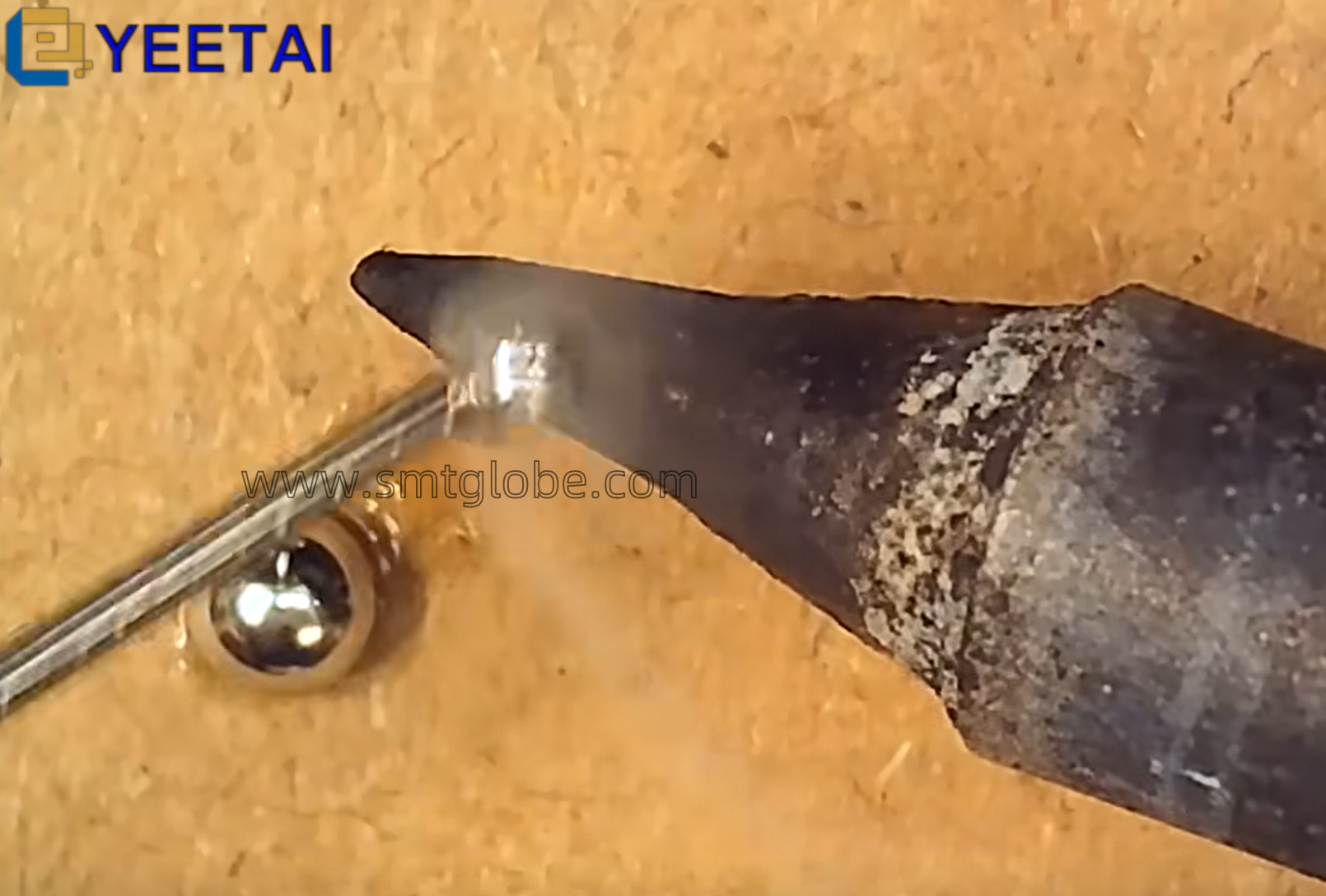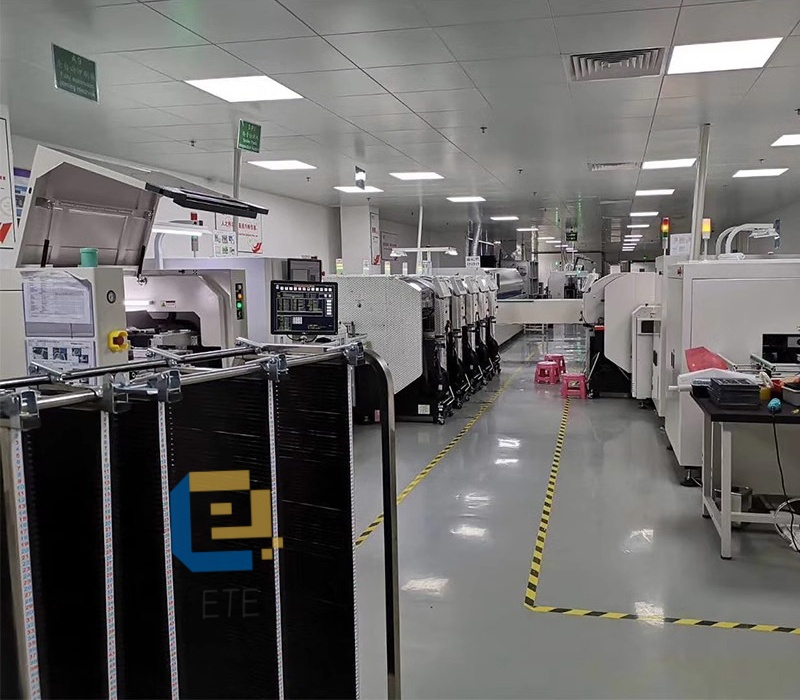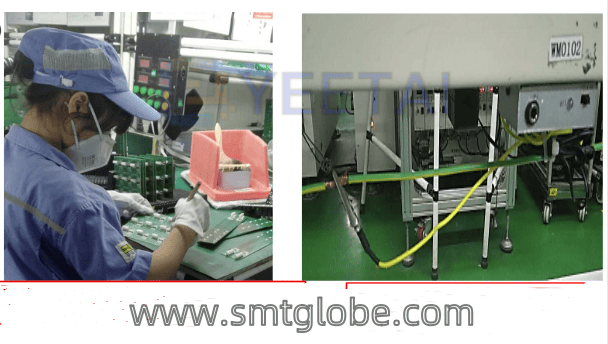In the world of SMT (Surface Mount Technology) manufacturing, production costs and efficiency are primary concerns for factory owners. A significant factor affecting SMT production efficiency is the component loss rate during automation feeding processes. Today, let’s explore how automation feeding can be applied to enhance production efficiency.
Understanding Component Loss Rates
When component loss rates are within acceptable limits, they are considered normal. However, if the loss rate is significantly high, it indicates underlying problems. In such cases, production engineers or operators should immediately halt operations to investigate the causes of component loss to avoid wasting electronic materials and negatively impacting production capacity.
Common Causes of High Component Loss Rates
- Incorrect Feeder Station Setup
In production lines that operate in shifts, operators may experience fatigue or overlook details, leading to incorrect feeder station setups. This can result in excessive component loss and alarms during operation. Quick verification and adjustment of feeder station placements are necessary. - Issues with Component Pickup Position
SMT machines rely on suction nozzles on their placement heads to sequentially pick up components. If components are not positioned correctly due to issues with trolleys or feeders, or if they fail to reach the required height, the machine may experience “false pickups” and “false placements,” resulting in increased empty placements. Calibration of feeders or adjustment of nozzle pickup heights may be required in this scenario. - Negative Pressure Problems
SMT machines rely on vacuum pressure to pick up and place components. If the vacuum pump or airflow tubes are damaged or clogged, insufficient air pressure could prevent component pickup or cause components to drop during placement. In this case, it may be necessary to replace the air ducts or vacuum pump. - Worn Out Suction Nozzles
Continuous high-speed operation can lead to suction nozzle wear, causing components to drop or fail to be picked up entirely, resulting in excessive loss rates. Regular maintenance and timely replacement of nozzles are essential to mitigate this issue. - Issues with Electronic Components
If electronic components are overlooked during PMC (Production Material Control) inspections and make their way to the production line, it can lead to increased loss rates. Components might become deformed during transportation or handling, or they may inherently have quality issues from production. Coordination with suppliers to replace defective materials and ensure quality inspection is crucial before returning to production. - Errors in Vision Recognition Systems
SMT machines utilize vision recognition systems to accurately place components on designated pads on PCBs (Printed Circuit Boards). If the system’s camera is dirty or damaged, it may lead to misidentification and incorrect component pickups, increasing loss rates. In such cases, replacing or cleaning the vision recognition system is necessary.
Conclusion
In summary, understanding the common causes of component loss in SMT machines can help improve production efficiency. If your factory is experiencing increased component loss rates, it is essential to investigate the root causes through communication with on-site personnel and careful observation. By identifying and addressing these issues, you can significantly enhance operational efficiency.
At YEETAI, we produce all kinds of feeder to upgrade SMT machines.



